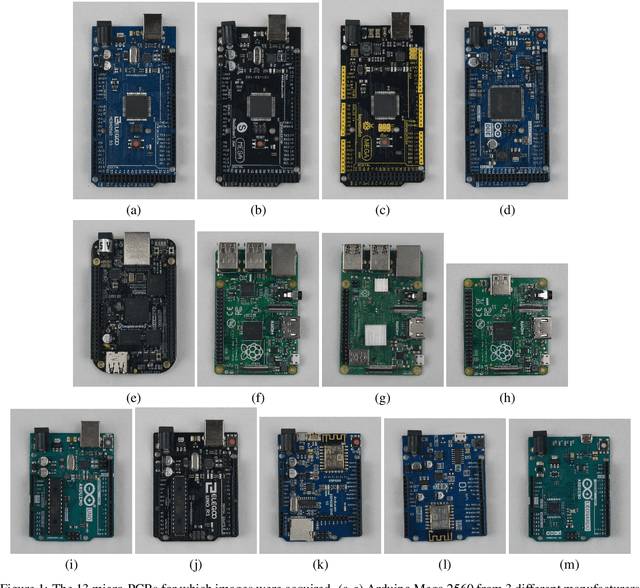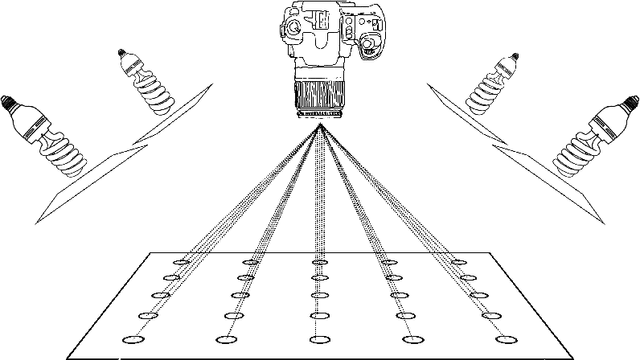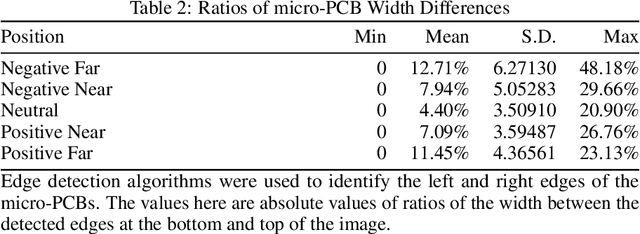On the Importance of Capturing a Sufficient Diversity of Perspective for the Classification of micro-PCBs
Paper and Code
Jan 27, 2021



We present a dataset consisting of high-resolution images of 13 micro-PCBs captured in various rotations and perspectives relative to the camera, with each sample labeled for PCB type, rotation category, and perspective categories. We then present the design and results of experimentation on combinations of rotations and perspectives used during training and the resulting impact on test accuracy. We then show when and how well data augmentation techniques are capable of simulating rotations vs. perspectives not present in the training data. We perform all experiments using CNNs with and without homogeneous vector capsules (HVCs) and investigate and show the capsules' ability to better encode the equivariance of the sub-components of the micro-PCBs. The results of our experiments lead us to conclude that training a neural network equipped with HVCs, capable of modeling equivariance among sub-components, coupled with training on a diversity of perspectives, achieves the greatest classification accuracy on micro-PCB data.
 Add to Chrome
Add to Chrome Add to Firefox
Add to Firefox Add to Edge
Add to Edge